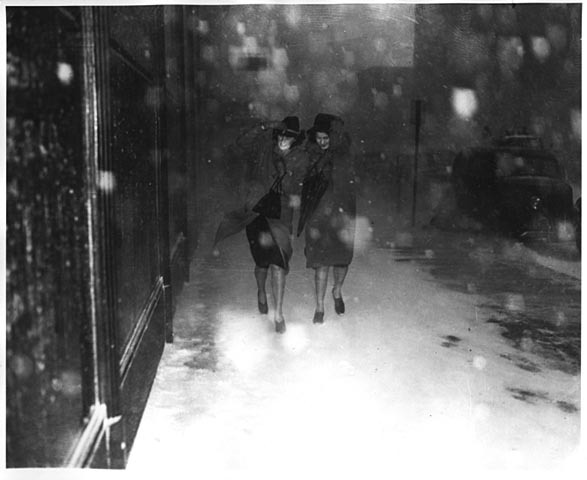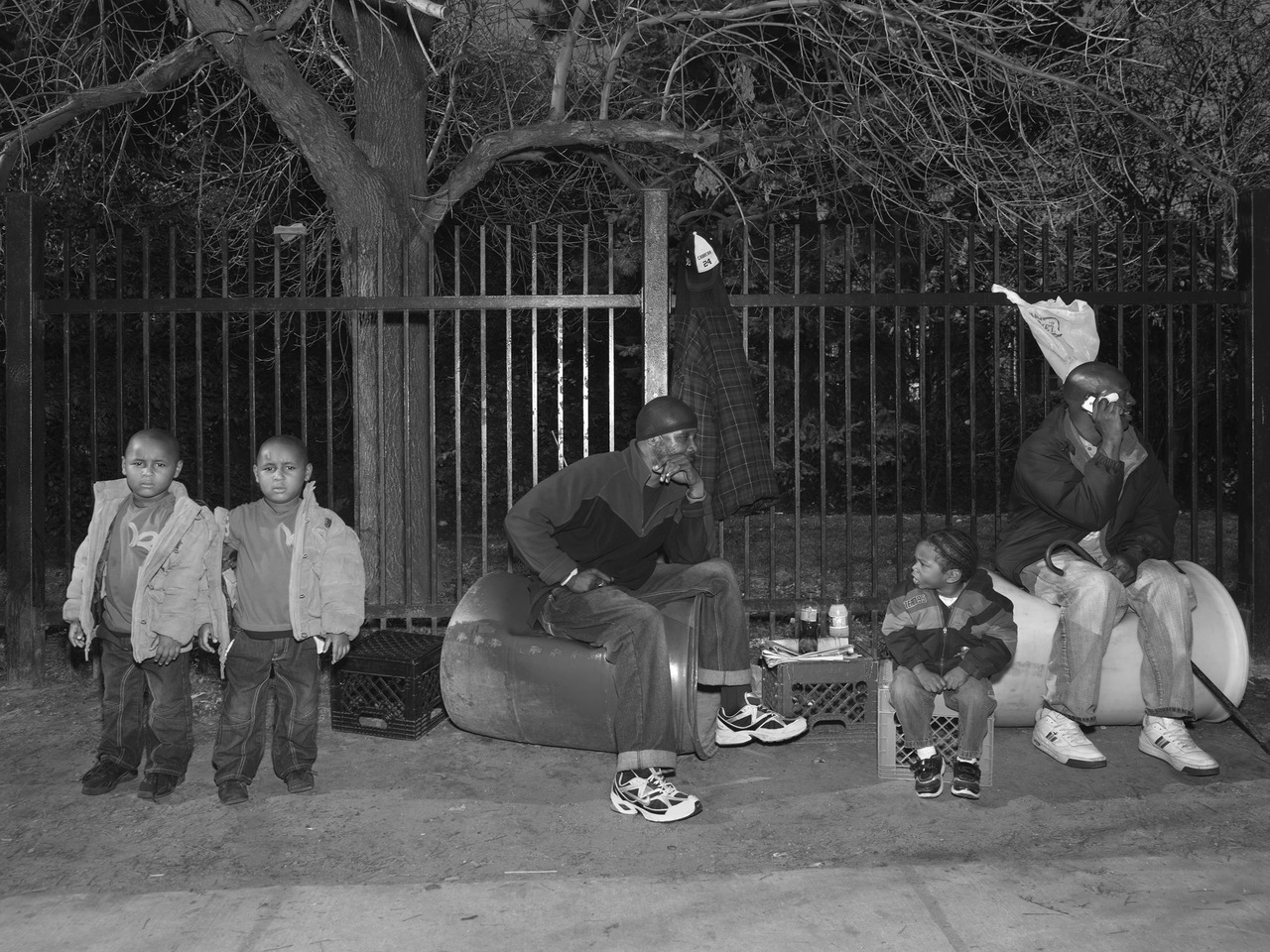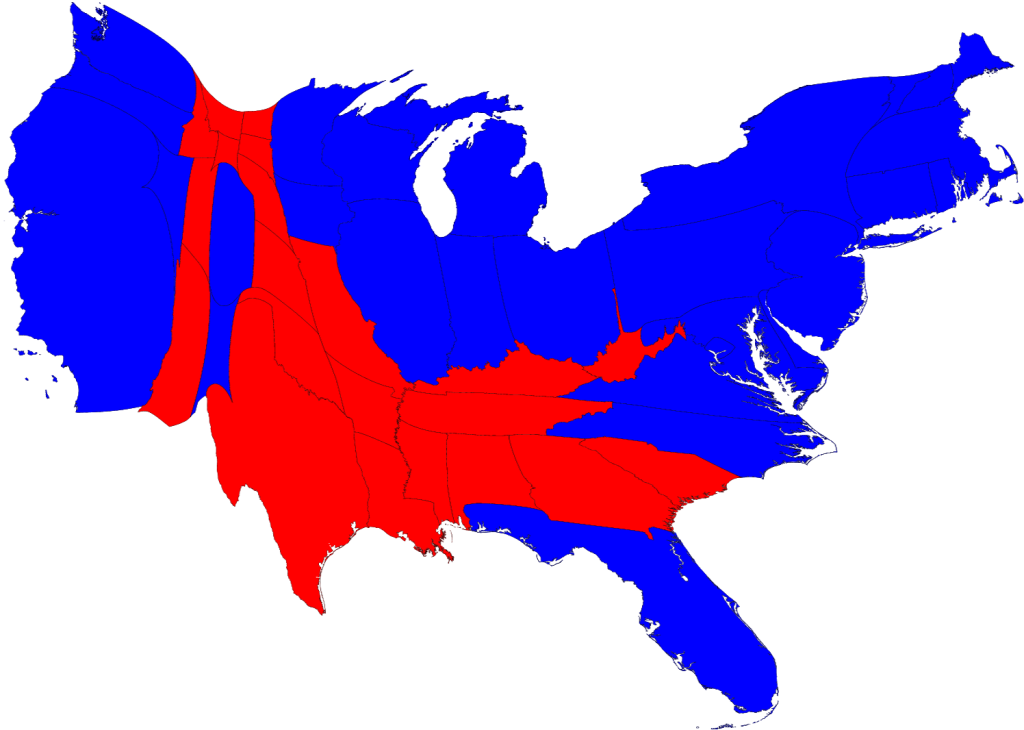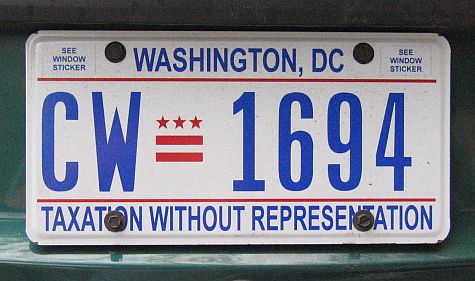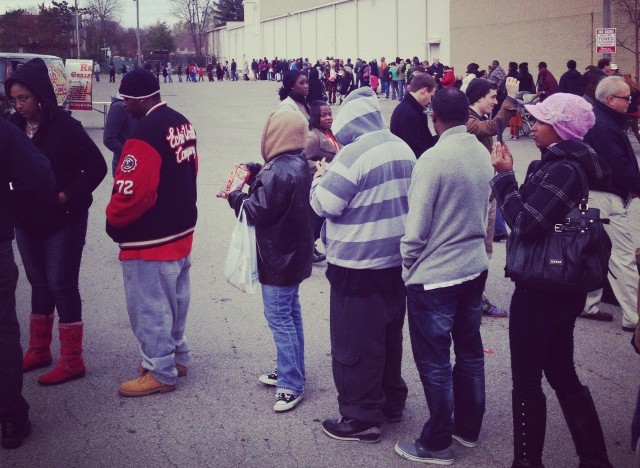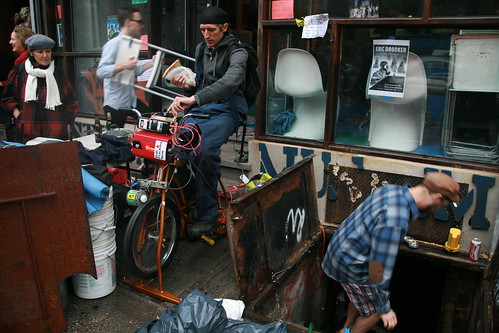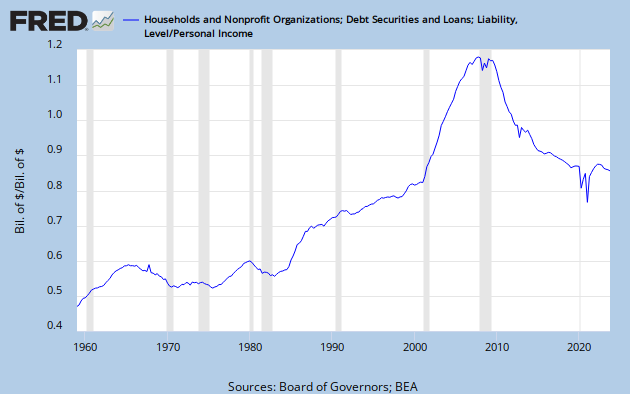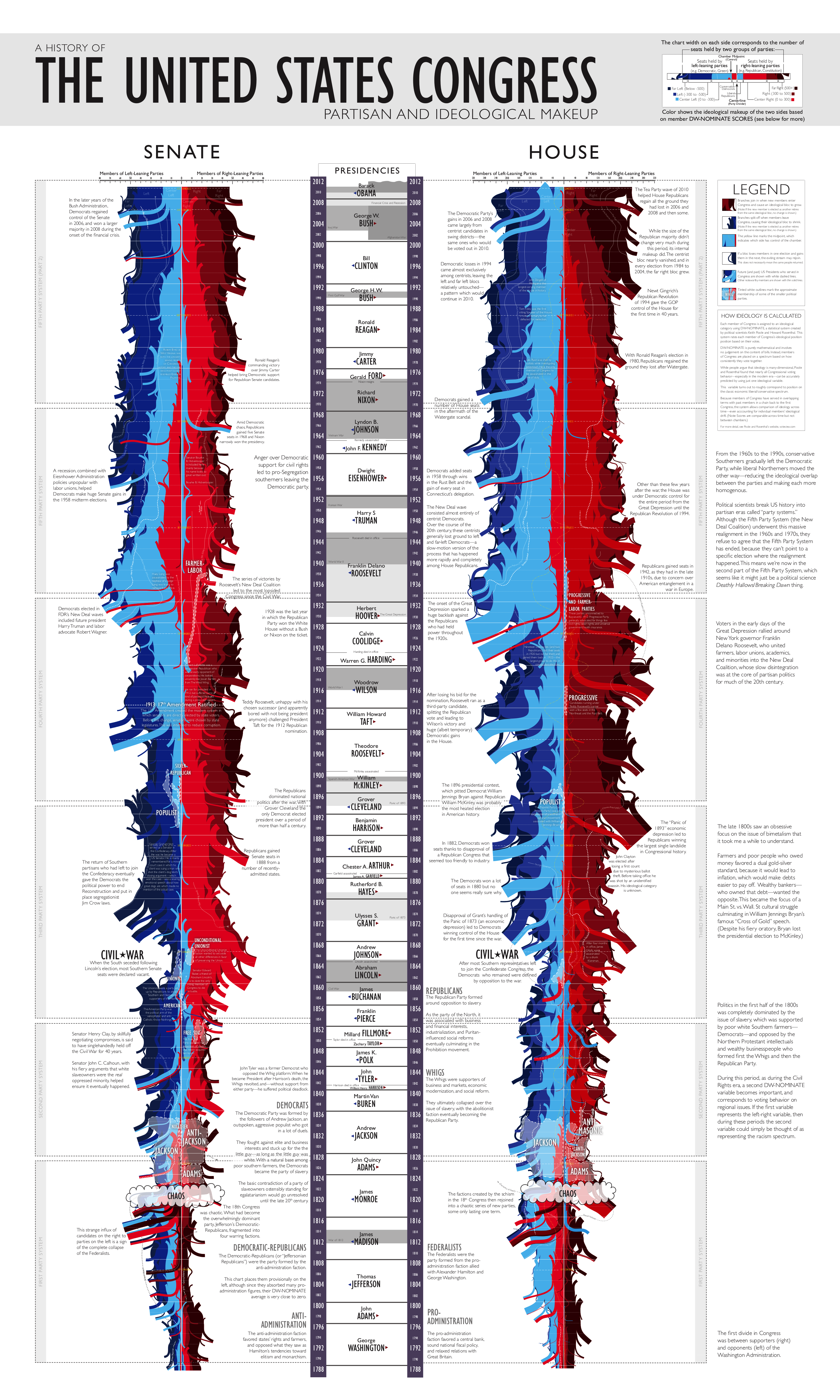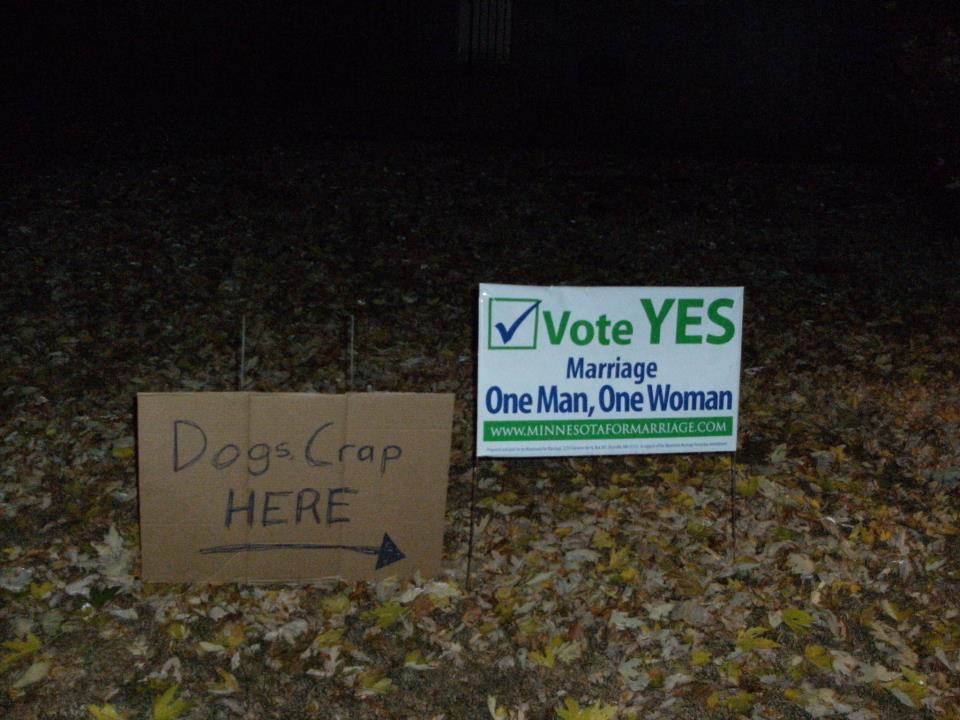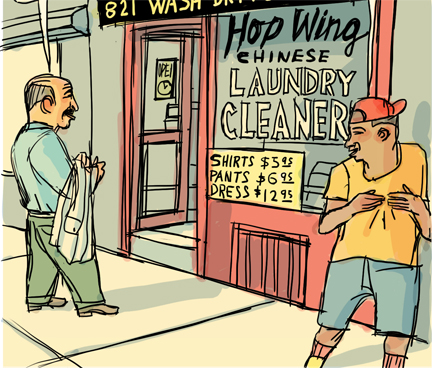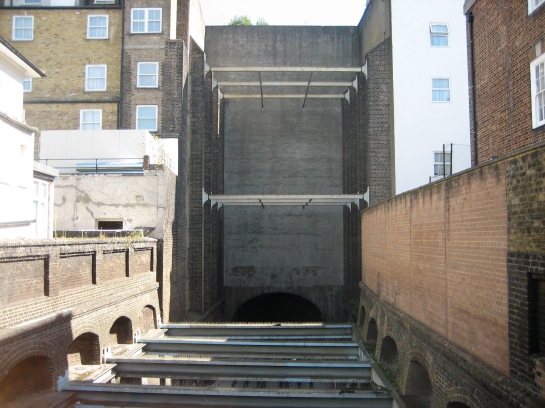 |
| [Christmas light pole in "The Village".] |
Headline: New look in store for Snelling-Selby corner; Initial ideas aired for redoing Associated Bank properties
Reporter: Jane McClure
Short short version: Report on the new mixed-use development slate for the 60s Associated Bank [used to be Liberty Bank] on the corner of Snelby. Article has quotes from neighborhood group members about the “essential” need for pedestrian orientation for the future building: “Look at the CVS store at Snelling and University and do the exact opposite.” [Kudos! Only, the exact opposite could be construed as the equally odious Spruce Tree Center on the cross corner, which the inimitable Paul D once said looks like the interior of a bathroom tile. –Ed.] The developers own a bunch of the property on this corner, including the [mysterious and well-named] Getten Credit Company, and the houses on the corner. The number of drive through lanes will be reduced from eight to “four or five.” There will no longer be an “overflow” surface parking lot for the area [making it that much harder for me to go to Cahoots to get the best cup of coffee in the Twin Cities.]
Headline: Federation disapproves of proposed Victoria Park apartments; Board, neighbors prefer open space to 162-unit river bluff development
Reporter: Jane McClure
Short short version: Report on recent vote by the local neighborhood group to unanimously oppose a proposed apartment building in the “Victoria Park” area [an almost entirely undeveloped empty series of vacant lots in a prime location along West 7th Street]. Article cites CM Thune’s support for the project, quoting him as saying that “this project has been in the works for some time.” Objections include: the five-story building will be a “tragic mistake”, Article includes long history of the site, including fights with Exxon/Mobil, a property owner, and the neighborhood over the kind of housing [apartment v. single family] and what kinds of parks would be on the site. Article cites city planning official saying that the building is within code, and conforms with the master plan. [Because, you know, why would the city of St Paul want to have a bunch of people living in apartments along one of its main commercial and transit corridors, in a prime location along the river, when you could just have fields of grass that people could mow every week with those really large riding lawnmowers? –Ed.]
Headline: Avenue of a thousand dreams; Documentary asks: Does university's colorful past portend a bright future?
Reporter: Frank Jossi
Short short version: Article on the recently completed hour-long documentary on University Avenue's history to air on TPT2. [Note: I have seen a few clips of this film, and it looks interesting and chock full of wonderful Twin Cities urban history tidbits. In particular, it focuses on the birth of University Avenue as an auto-oriented car dealer "strip", which the proper context for this street. -Ed.] Article includes biographical details of film maker, following intriguing sentence: "if streets could talk, University Avenue would be quite the raconteur." [OK, I'm not into anthropomorphizing University Avenue. Even identifying it with one particular race or era is problematic. Is University a middle aged Al Bundy-like pathetic figure bearing the faded dreams of the Griggs-Midway building? Or is it a scrappy home to Fatimah psychic, Russian Tea House, and Trieu Chau like something out of a Spike Lee movie? -Ed.] Article includes pornographic history.
Headline: Developer closes on purchase of former brewery buildings
Reporter: Jane McClure
Short short version: Report on the Dominium purchase agreement of the Schmidt brewery. There will be a restaurant on the "main-floor space."
Headline: Work finally beings on new Edgcumbe bridge
Reporter: Jane McClure
Short short version: There will be a new $1M road bridge over Edgcumbe at Hamline Avenue. The old bridge was designed by a man named "Martin Sigvart Grytbak."
Headline: St. Thomas requests relaxation of liquor license conditions
Reporter: Jane McClure
Short short version: The University of St Thomas is lobbying the city to expand its liquor license terms, particularly increasing the number of sales locations and the port-a-potty and trash requirements during football games. Article mentions that unlike the earlier debates, zero people showed up to the community meeting to oppose the University this time around. [Probably because nobody knew about it. -Ed.]
Headline: High Winds Fund withholds $24,000 grant from Union Park; faults district council for lack of transparency, open process [Who knew that "withholds" had two "h's" in it?]
Reporter: Jane McClure
Short short version: A nonprofit associated with Macalester is denying a grant to Union Park because of their "failure to adhere to its own bylaws w/r/t transparency and open processes." [That is code for lacking basic common sense and democratic decency, and for airing one's own laundry out in public in the most disturbing manner.] Specific issues involved include fights over the approval of meeting minutes, the Pizza Luce issue, and the student housing ordinance. The nonprofit is still planning on funding and supporting a plan for traffic calming on Marshall Avenue, and future Snelling Avenue medians. [Man, that is some serious St Paul District Council smack down.]
Headline: Council favors status quo for nonconforming use petitions; concerns of district councils, residents cited for keeping city's current requirement
Reporter: Jane McClure
Short short version: The City Council voted non to change the way that non-conforming use petitions [a very common circumstance] are handled by the city, after years of debates over changing the process. Sticky wickets include: how many property owners are required to sign off on a non-conforming use petition (66% v. 50%). [Basically, this was a fight between city planners and the Planning Commission, who wanted change, and local neighborhood groups, who did not. -Ed.] The only neighborhood group to support the rule relaxation was Mac-Groveland. [Rather shocking, that. IMO, relaxing rules a bit to make it easier to not conform to zoning is a good idea. There are tons of non-conforming use rules that come before the Planning Commission, and in most cases we allow them if they pass a common sense threshold. However, once a building goes unused for a time, re-establishing the use becomes very difficult and neighbors find it easy to stop the use if they so desire. Oh well.]







